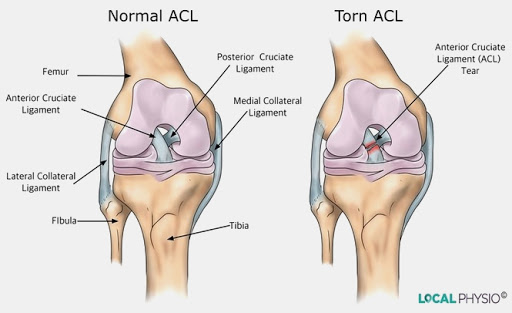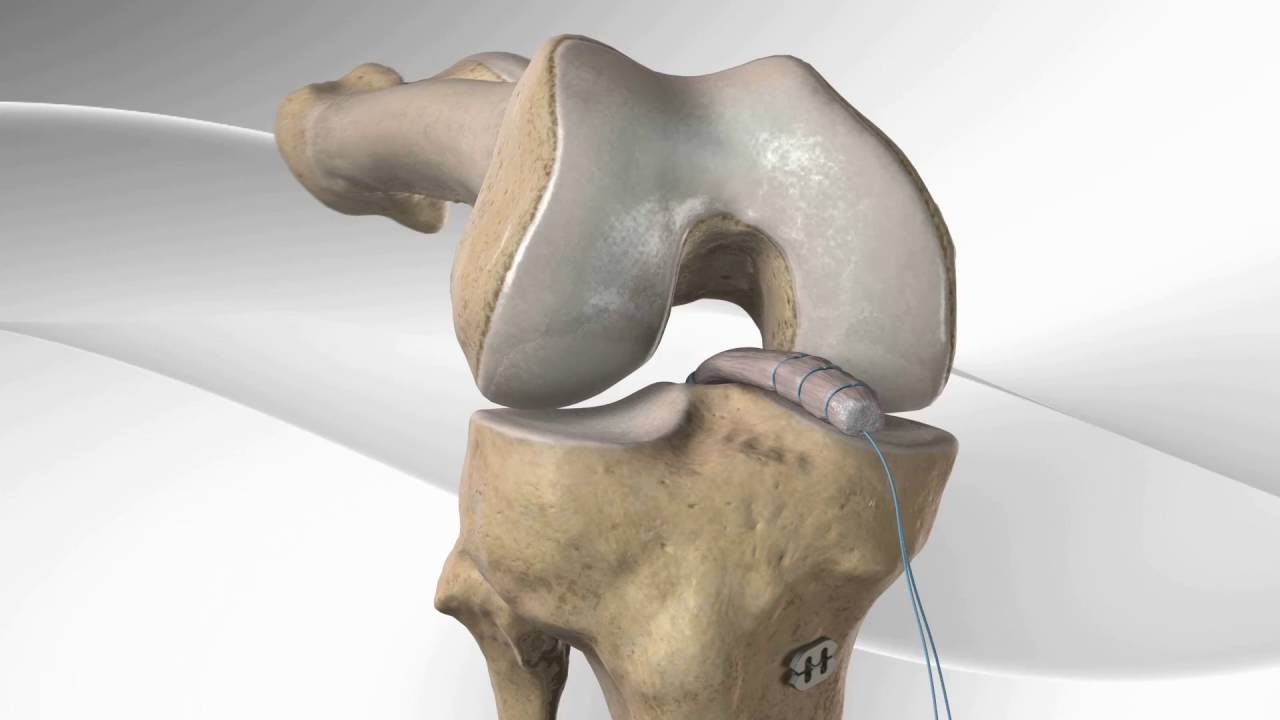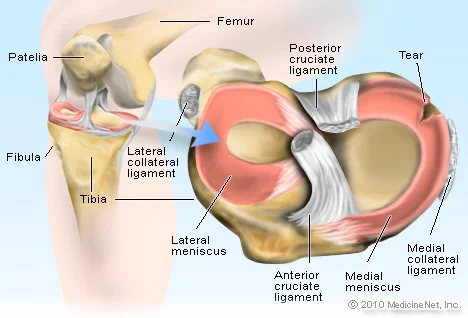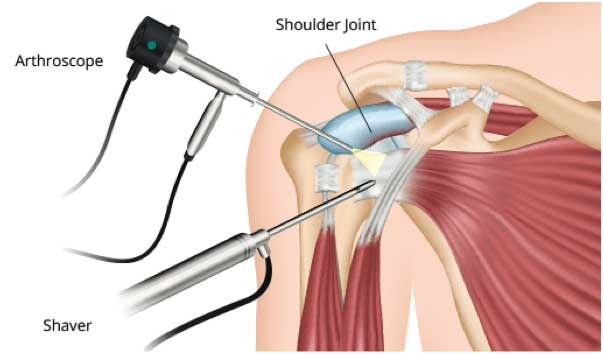Knee injuries are common in sportspersons. Such injuries can threaten the carriers of professional players. Most sports injuries can be treated with key hole surgical techniques after which such players can regain pre injury level of activity. Knee arthroscopy is commonly performed for damage to the Ligaments, menisci and cartilage.

ACL is one of the four important Ligaments of knee. It’s commonly injured during sports activities most commonly Kabaddi followed by football in Punjab. The injury occurs when the knee is suddenly twisted while playing. The patient will hear a pop and the knee starts giving way which causes pain swelling and cartilage damage and players struggle to play as before. Even in non-athletepatients’ knee instability causes frequent episodes of knee pain, frequent falls, and knee swelling which significantly affects daily routine activities. The cause of concern is that the ligament tear doesn't heel by itself and almost all need surgery to feel better and play again. Arthroscopic ACL reconstruction is an excellent procedure whereby torn ligament is reconstructed using various tendon grafts along with a fixation devices in the form of Endo-buttons, Tight Rope, and various kinds of screws.

PCL is the other important ligament of the knee which lies posterior to ACL in the centre of knee joint. It prevents posterior translation of knee over the thigh bone. It causes chronic pain with sagging of knee. Such injuries are less common than ACL injuries and can be treated arthroscopically by reconstructing the PCL ligament.
There are two rings of cartilage inside the knee joint medial and lateral called menisci. These rings provide cushioning and support to knee. Tears of meniscus can occurs during sports activities or trauma to the knee or these can be degenerative. Medial ring is commonly injuries than lateral. These cause pain, locking of knee which doesn’t allow the person to full straighten his knee. Meniscal tears with chronic pain and locking episode requires repair or removal of such tears.

Knee arthroscopy is performed under regional or general anaesthesia. The best type of anaesthesia is decided by the anaesthesiologist based on your current health status
Most patients can be discharged the same day but the duration of hospital stay varies with the procedure done. Usually almost all patients can be discharged on third day after surgery. All patients are allowed full weight bearing walking on day one except after meniscal and cartilage repairs. A long knee brace is worn for 4-6 weeks after ligament reconstructions. Recovery after arthroscopy occurs much rapidly. Pain medications and icing are prescribed for few days. Every patient needs to follow an Orthoexcellence rehab programme specifically designed for each patient to regain the strength and restore motion of the joint. Taking bath is delayed till sutures are removed.
Knee arthroscopy is a very safe procedure and complications are rare. But following complications can occur after knee arthroscopy

This procedure involves visualization of shoulder joint using a fibre optic camera and other instruments for repair of tissues. It is a minimally invasive diagnostic and surgical procedure performed for shoulder problems. The procedure is completed using 3-4 small incisions around the shoulder which decreases postoperative morbidity, shorter hospital stay and leads to rapid recovery. Orthoexcellence offers treatment for the following shoulder problems;-
Shoulder dislocations occurs when the head of the arm bone ( humerus ) comes out of the socket of shoulder bone (Glenoid ) either due to injury or overuse. If the shoulder starts dislocating again and again arthroscopic repair of torn ligaments is done and the procedure is called Bankart Repair. The torn ligaments is reattached to the rim of the socket with the help of Anchor sutures using key hole incisions.
Rotator cuff is a sleeve of tissue made up of group of tendons which surrounds the shoulder joint and helps in wide range shoulder movements and stability of shoulder joint. An injury to these tendons can result in tear of this cuff of tissue which leads to chronic pain and inability to move the shoulder joint to full extent. Neglected cases can leads to crackling sound on moving the joint, swelling or shoulder stiffness over time. Tears can occurs with repeated use in overhead activities in athletes and in old age due to degeneration of tendons, or trauma. Incomplete tears can be managed with rest in an arm sling, icing and pain medication and physiotherapy to regain strength and motion. Surgical repair is done with minimally invasive arthroscopic technique using suture anchors which help in attaching the tissue to the rim of shoulder bone.
Impingement occurs when the scapular bone pinches and applies pressure over the soft tissues when the arm is lifted up leading to its inflammation and swelling. It causes pain and significant disability while using the upper limb in adults. Excision of the part of the bone causing impingement relieves the symptoms.
Shoulder arthroscopy is performed under general anaesthesia. Surgeon makes small button sized 3 or 4 incisions around the joint through which a tiny camera is inserted and other instruments or motorized tools are used to perform the surgery. Joint is washed and filled with sterile fluid to see the inside clearly and to create room for work. After the procedure is complete all instruments are removed and incisions are sutured and small bandages are applied.
Wound dressing are required for few days after surgery. The recovery time depends on the type of procedure done. Pain medication is given for few days. A shoulder sling or immobilizer is advised for some period to protect the repairs done. Orthoexcellence rehab protocol is advised to regain motion and muscle strength after the surgery.
As compared to open surgical procedures with large incisions shoulder arthroscopy has following advantages
Complications are less common after shoulder arthroscopy than after open procedure and can include